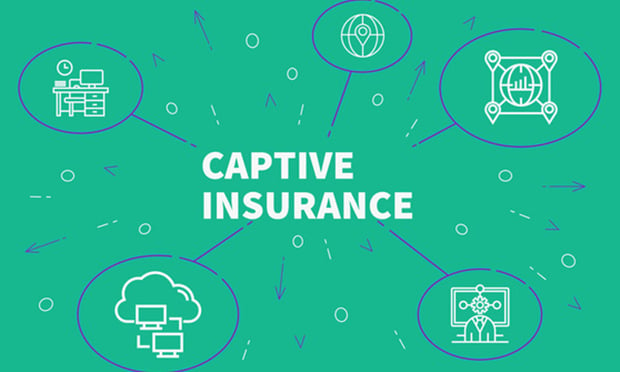In late 2013, Cottage Health System, the operator of a network of hospitals in Southern California, discovered that hackers had stolen 32,500 patient records.
Cottage was sued for $4.1 million, which was paid by the insurer, Columbia Casualty Co., as provided by the policy.
Now, Columbia is suing Cottage for reimbursement, alleging that Cottage and its third-party vendor, INSYN Computer Solutions Inc., stored medical records on a system that was fully accessible to the Internet because they failed to install encryption or take other security measures as required by the policy terms.
Recommended For You
Want to continue reading?
Become a Free PropertyCasualty360 Digital Reader
Your access to unlimited PropertyCasualty360 content isn’t changing.
Once you are an ALM digital member, you’ll receive:
- Breaking insurance news and analysis, on-site and via our newsletters and custom alerts
- Weekly Insurance Speak podcast featuring exclusive interviews with industry leaders
- Educational webcasts, white papers, and ebooks from industry thought leaders
- Critical converage of the employee benefits and financial advisory markets on our other ALM sites, BenefitsPRO and ThinkAdvisor
Already have an account? Sign In Now
© 2025 ALM Global, LLC, All Rights Reserved. Request academic re-use from www.copyright.com. All other uses, submit a request to [email protected]. For more information visit Asset & Logo Licensing.








